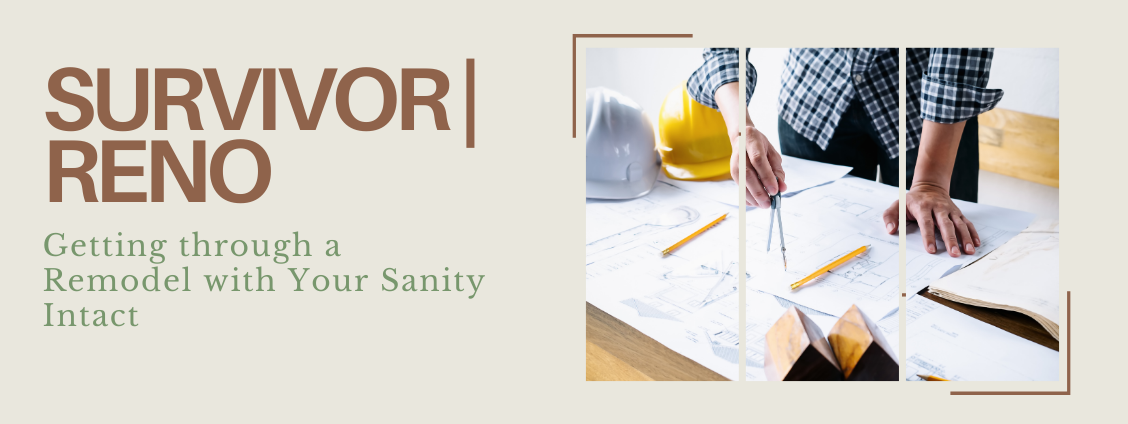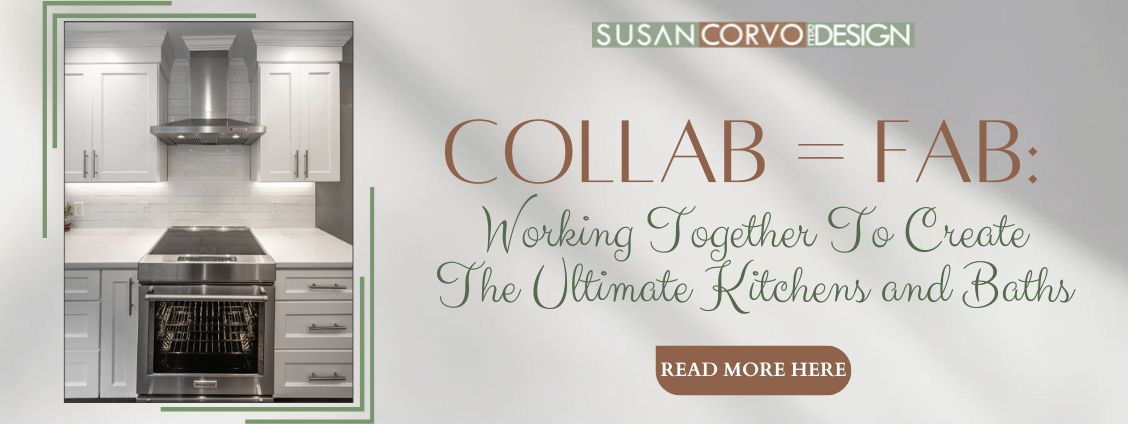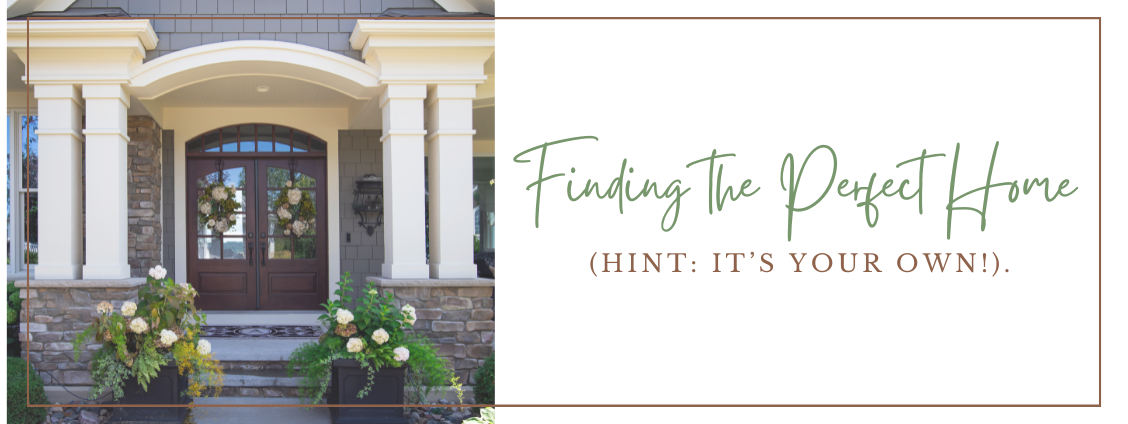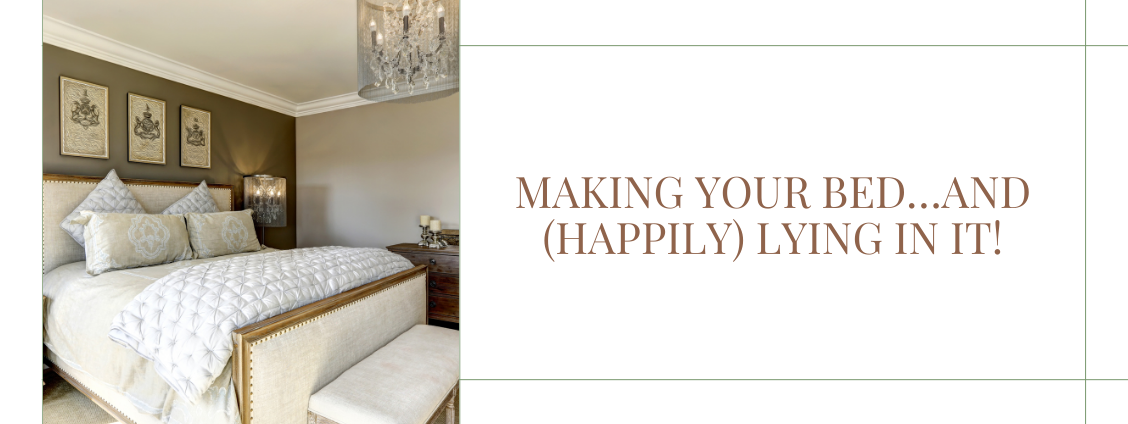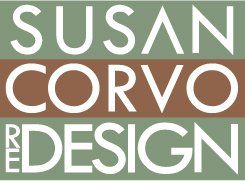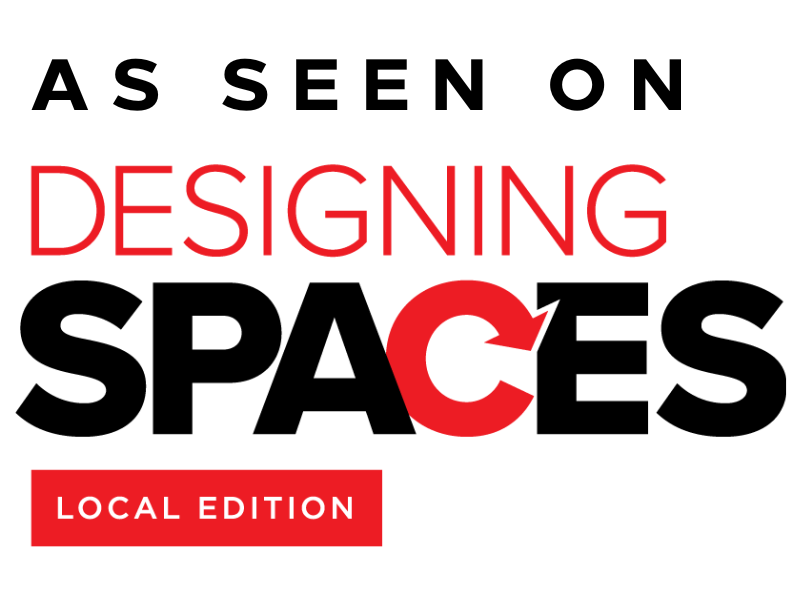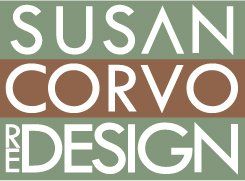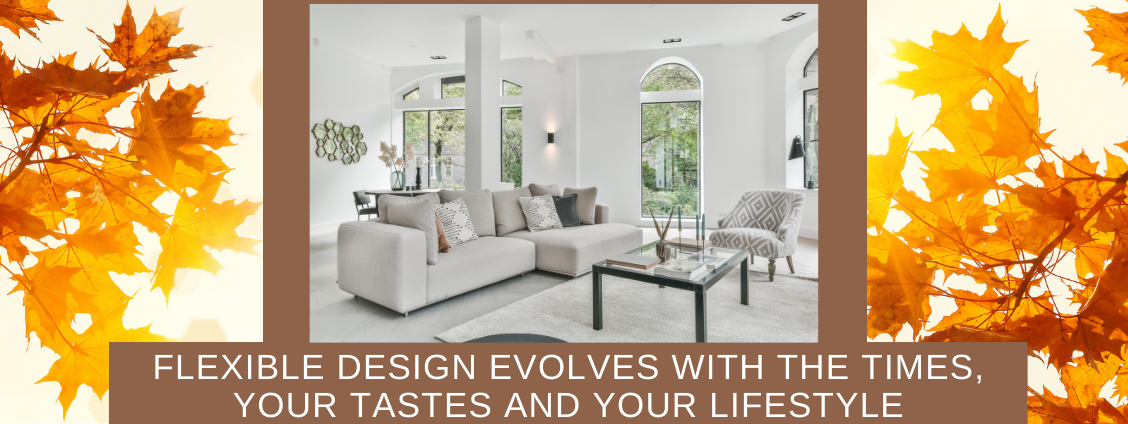
Designing and decorating your home or office space is rewarding and can be fun, but also requires an investment of both time and money. Whether you’re going it alone or working with a professional, you start with some vision of how you want the room to look and function and then consider your options for layout, paint, furniture, floors and accessories. Eventually, you get to admire the outcomes and start to live and work in your spaces.
Then…life happens! In the short term, a holiday is approaching, winter turns to spring, your business brings in new merchandise. In the long term, your family dynamic changes, your tastes change, you introduce a new brand strategy or you realize your clients need a new experience. How do you make the most of yesterday’s design investments while updating your surroundings for today’s realities and preferences? My answer: Flexible Design.
Here are my 5 key ingredients for a design foundation that evolves with you.
1. Start with a neutral foundation. This means choosing neutral paint colors, flooring and fixtures that will stand the test of time and won't go out of style. (You don’t want your spaces to be a shrine to a particular decade.) This will provide a solid base for you to build upon when you want to change things up. Additionally, a neutral color palette allows you to easily incorporate different textures and patterns without overwhelming the space. This doesn’t mean everything has to be white, beige, tan or gray or you should avoid bright colors you love. Simply that the base color of most of your spaces shouldn’t be too trendy or hard to match.
2. Choose versatile, classic pieces of furniture. When selecting furniture for your home, go for pieces that can work in different rooms and for different purposes. For example, a high-quality sofa (which comes in a range of prices) can be the anchor of a living room but can also work in a family or game room. Again, stick with designs that transcend trends for most of your selections.
3. Incorporate interchangeable accessories. One of the easiest ways to switch up the look of a room is to change out accessories such as pillows, slipcovers, lamps, table settings, plants and smaller area rugs. By incorporating interchangeable accessories into your design, you can easily transition your space from season to season or holiday to holiday without spending a lot of money. This is also a great way to experiment with different styles and colors without committing to a total redesign.
4. Consider the long-term functionality of a room. As your needs evolve, it's fantastic to have spaces that can adapt to these changes. When designing a room, think ahead to future uses and embrace a core design that will work for now and later. For example, a playroom can easily transform into a teen gathering room or hybrid workspace by swapping out child-themed art, cutesy toy chests and bins for more mature A/V, décor, desk and storage solutions. For furnishings focus on choosing “workhorse” items that will span the phases of your room’s life: seating, lighting, floor coverings, window treatments. At work, consider layouts that are flexible so you can accommodate a growing onsite staff or different display needs.
5. Don't be afraid to mix and match. Stay away from sets and overly matched items and eras. By combining different elements, you can create a space that is unique and reflective of your personal style. Play around with different combinations of colors, textures, materials and styles in a cohesive look that works for you. By taking a more piecemeal approach and not being too reliant on one particular style, you can switch out just an item or two, create a whole new vibe, highlight the things you love and not throw off the balance of your total design.
With these guidelines, you and your interior designer can create spaces that resonate and work for you and your family, your customers and employees.
